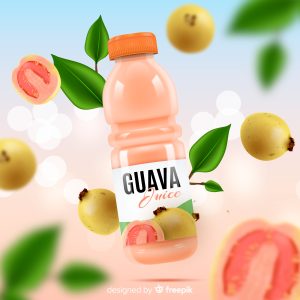Packaged fruit juices are a staple in many households, offering a convenient way to consume essential nutrients and flavors. However, beneath their appealing labels and vibrant colors, these juices often contain a cocktail of chemical additives and preservatives. These substances are added to enhance taste, extend shelf life, and maintain the appearance of the product. While they serve important functions, some of these additives have raised health concerns. In this article, we will delve into the types of chemical additives and preservatives commonly used in packaged fruit juices, their roles, and the potential risks associated with their consumption.

Types of Chemical Additives and Preservatives
- Sodium Benzoate: This preservative is widely used to inhibit the growth of mold, yeast, and bacteria in fruit juices. It is naturally found in some fruits and spices but can form benzene when combined with vitamin C, which is a known carcinogen. Despite its effectiveness, sodium benzoate has been linked to potential health issues, including allergic reactions and genotoxic effects when consumed in large quantities.
- Citric Acid: Found naturally in citrus fruits, citric acid is used to control pH levels in fruit juices, preventing microbial growth and maintaining flavor. It is generally considered safe and is also used as a flavoring agent.
- Ascorbic Acid (Vitamin C): This antioxidant not only preserves the color and flavor of fruit juices but also boosts their vitamin C content. However, when combined with sodium benzoate, it can lead to the formation of benzene.
- Potassium Sorbate: Effective against mold and yeast, potassium sorbate is commonly used in apple and lemon juices to maintain freshness.
- Sorbic Acid: Similar to potassium sorbate, sorbic acid prevents the growth of mold and yeast, ensuring the longevity of fruit juices.
Role of Preservatives in Fruit Juices
Preservatives play a crucial role in extending the shelf life of fruit juices by preventing spoilage and maintaining their quality. Without these additives, fruit juices would be highly susceptible to microbial contamination, posing health risks to consumers. However, the use of preservatives also raises concerns about potential health impacts, especially when consumed regularly over long periods.
Potential Health Risks
While preservatives help ensure the safety and freshness of packaged fruit juices, some have been linked to health issues:
- Digestive Disorders: Certain preservatives can cause digestive problems such as diarrhea and colicky pains.
- Nervous Disorders: Some additives have been associated with hyperactivity, insomnia, and irritability.
- Respiratory Problems: Allergic reactions to preservatives can lead to respiratory issues like asthma.
- Skin Problems: Hypersensitivity reactions may result in hives, itching, and rashes
Choosing Safer Options
To minimize exposure to potentially harmful preservatives, consumers can opt for:
- Fresh Fruit: Consuming whole fruits instead of packaged juices reduces the intake of added sugars and preservatives.
- Preservative-Free Juices: Some brands offer juices with minimal or no added preservatives. Always check the label.
- Natural Preservatives: Products using natural preservatives like lemon juice or vinegar are safer alternatives.
Conclusion
While chemical additives and preservatives are essential for maintaining the quality and shelf life of packaged fruit juices, it is crucial to be aware of their potential health implications. By understanding the types of additives used and their effects, consumers can make informed choices about their diet. Opting for fresh fruits or preservative-free juices can help mitigate the risks associated with these substances. As consumers, being mindful of what we eat and drink is the first step towards a healthier lifestyle.

